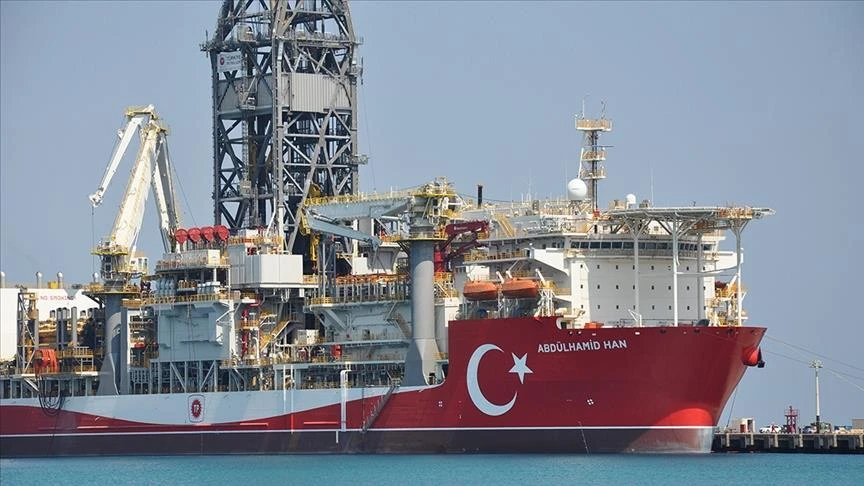Shaking seas threaten Santorini’s marine life, says Turkish expert
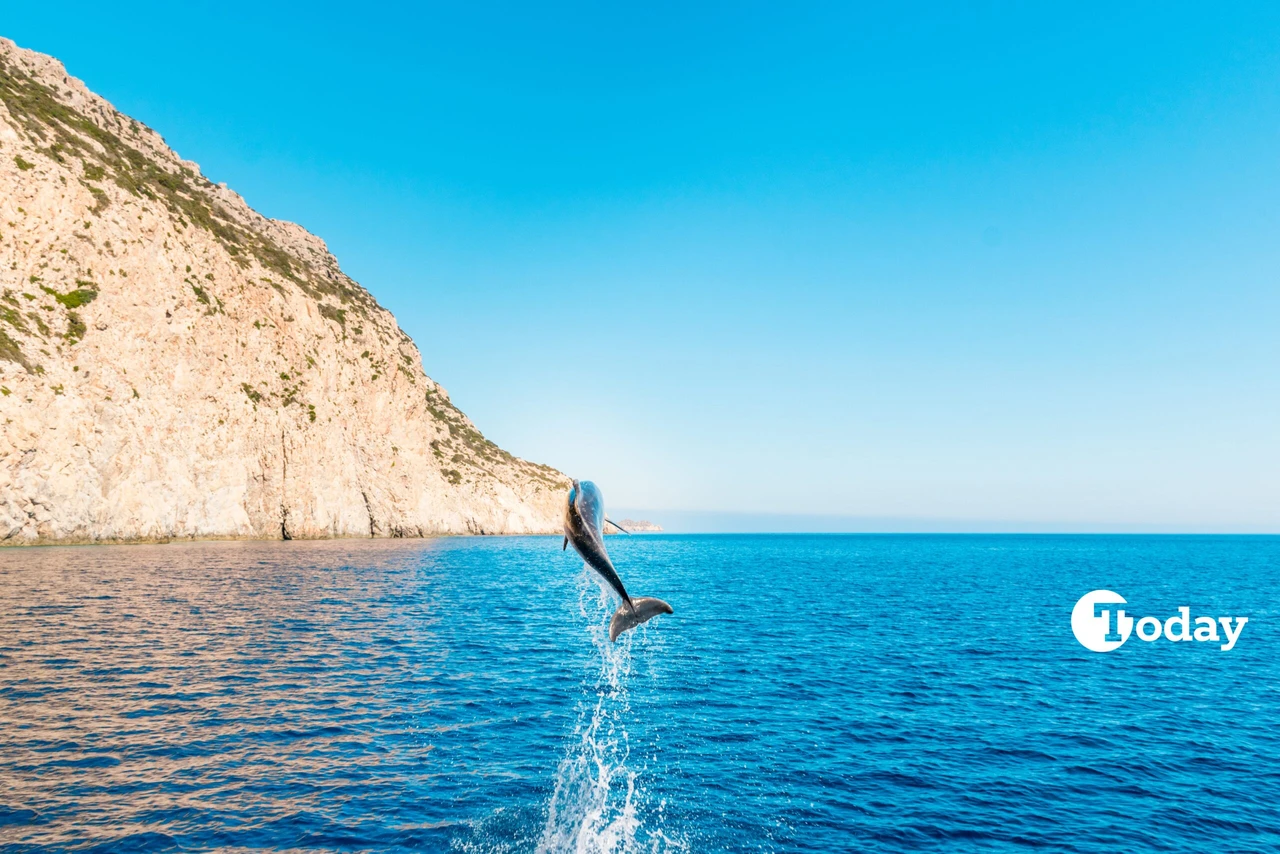 Dolphin jumping out of water on the Aegean Sea, Greece. (Adobe Stock Photo)
Dolphin jumping out of water on the Aegean Sea, Greece. (Adobe Stock Photo)
Recent seismic activity near Santorini has spotlighted an often-overlooked issue: the profound impact of earthquakes and potential volcanic eruptions on marine life.
Whether or not a volcanic eruption occurs, ongoing tremors and gas emissions from the seabed create hazardous conditions for marine ecosystems. These natural events disrupt the delicate balance of marine life, raising concerns for local biodiversity and the sustainability of the region’s fishing industry.
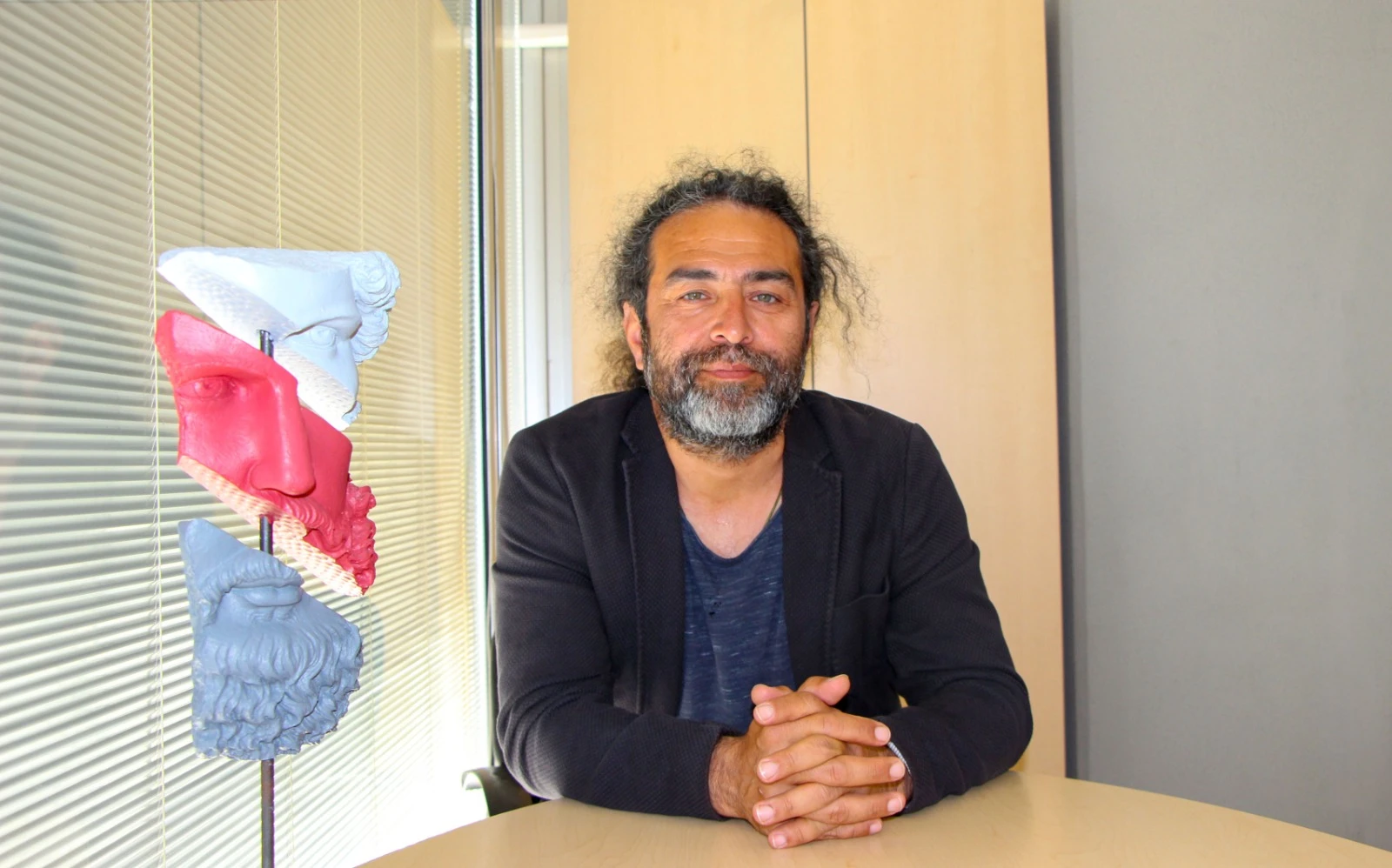
Professor Deniz Ayas from the Faculty of Aquaculture at Mersin University shares insights with Türkiye Today on how these geological events affect marine ecosystems, emphasizing both short-term and long-term consequences.
Short- and long-term effects of Santorini earthquakes on marine life
Professor Ayas explains that earthquakes in volcanic regions like Santorini release gases such as methane and sulfur from the seabed. Methane, in particular, depletes oxygen levels, creating a toxic environment for marine organisms.
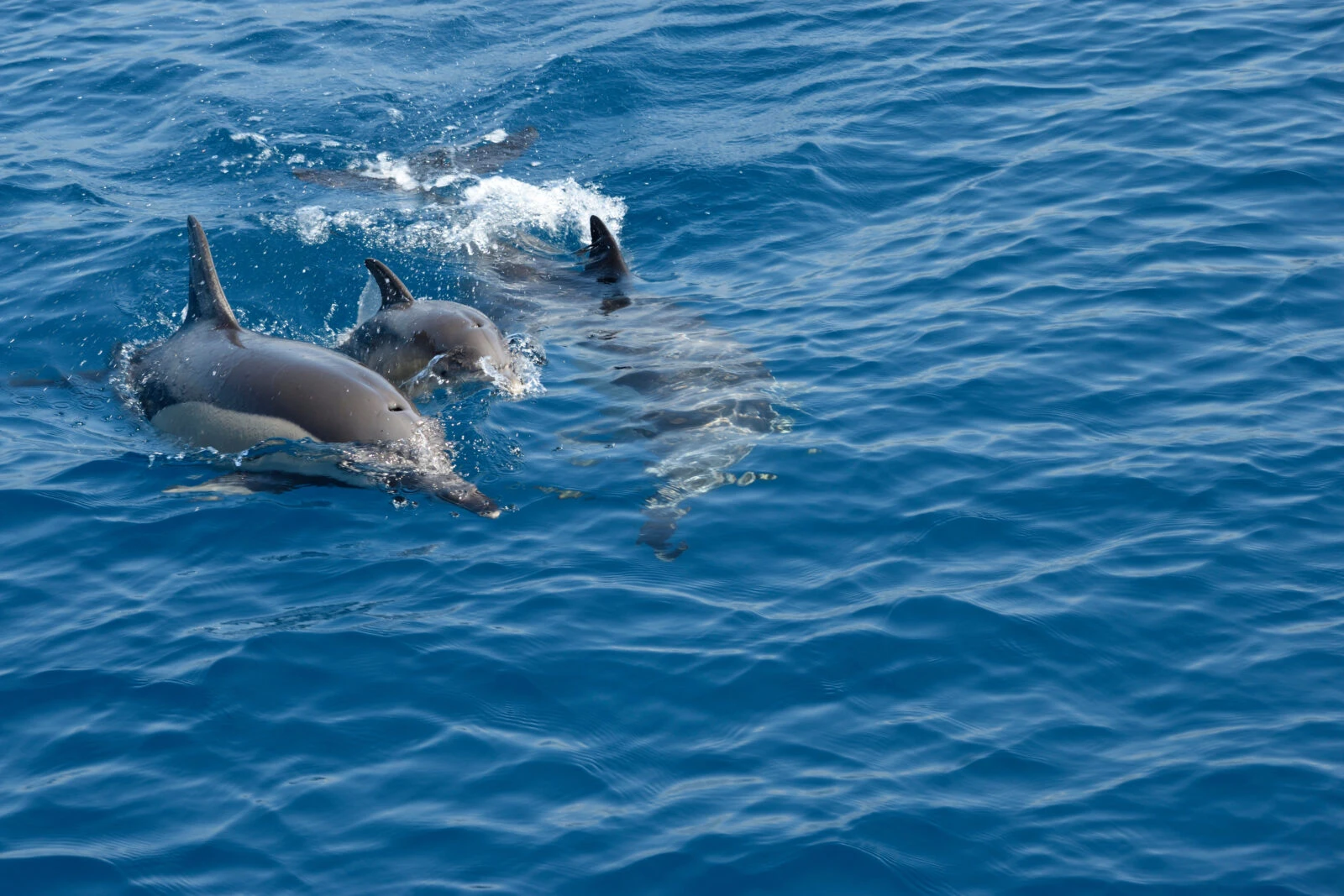
Seismic activity also generates strong sound waves, which can disorient marine mammals like dolphins and whales that rely on sound for navigation. These disruptions may alter migration routes and stress marine species, causing them to flee affected areas. Additionally, tremors can damage the seafloor, destroying vital habitats such as coral reefs and rocky ecosystems.
This imbalance in marine life directly impacts local fisheries, leading to reduced fish populations and economic challenges for the fishing industry.
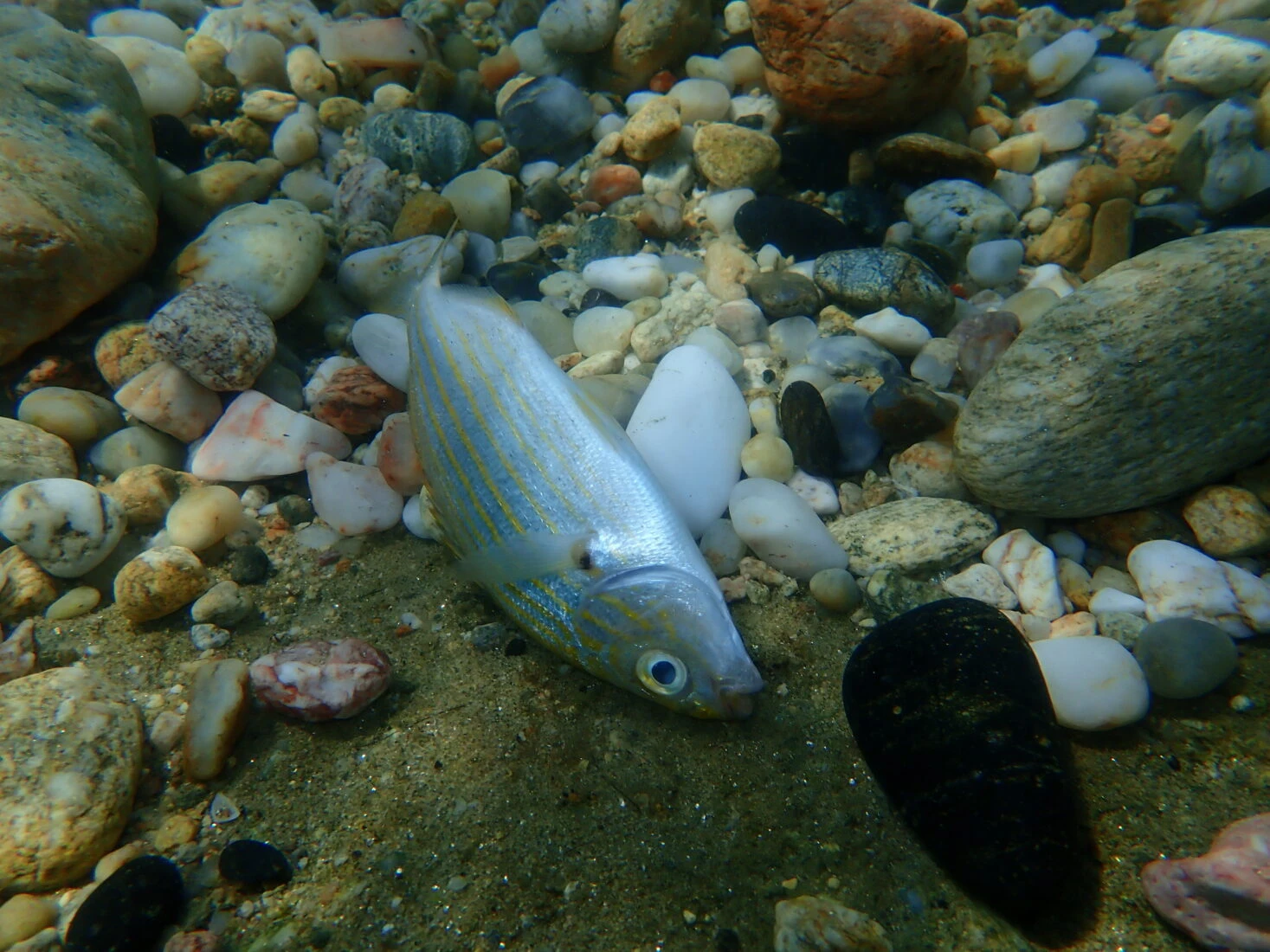
Impacts of volcanic eruptions on marine ecosystems
If a volcanic eruption occurs, the release of lava into the sea can dramatically increase water temperatures, causing thermal shock to species like fish and shellfish that are sensitive to temperature changes. Lava flow can destroy critical habitats, such as seagrass meadows and coral reefs, while burying slow-moving organisms like crabs and starfish.
Volcanic gases, including carbon dioxide (CO₂), sulfur dioxide (SO₂), and hydrogen sulfide (H₂S), further disrupt marine ecosystems. These gases form acidic compounds when mixed with seawater, lowering pH levels and suffocating marine life by depleting oxygen. The combination of rising temperatures, habitat destruction, and chemical imbalances poses significant threats to marine biodiversity.
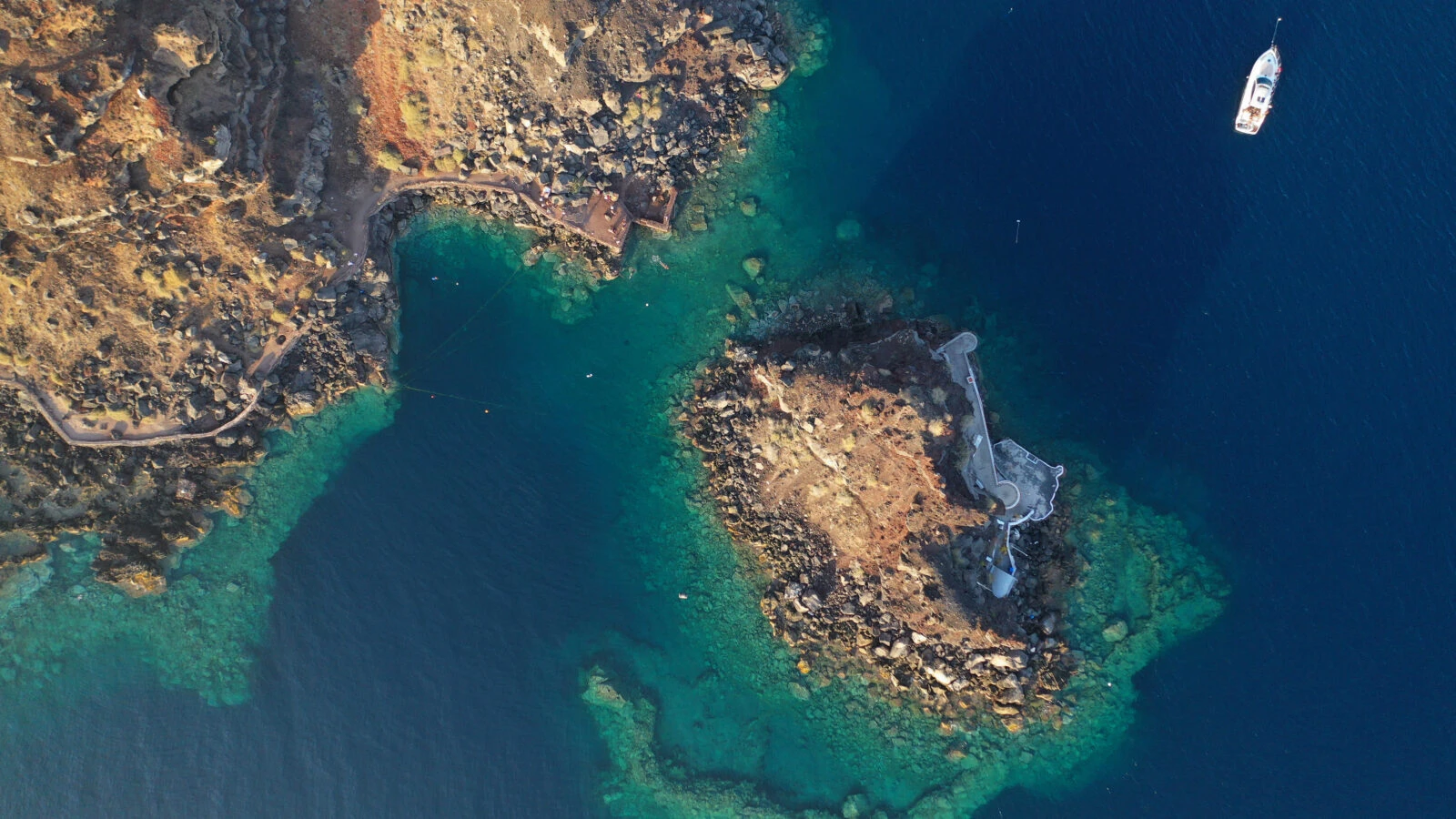
Chemical changes in seawater
Earthquakes and volcanic eruptions alter seawater chemistry. Methane emissions from the seabed can create oxygen-depleted zones, while sulfur compounds increase water toxicity. Volcanic ash and gases further disrupt the chemical balance, affecting pH levels and mineral composition.
These changes harm marine organisms, disrupt food chains, and destabilize ecosystems.
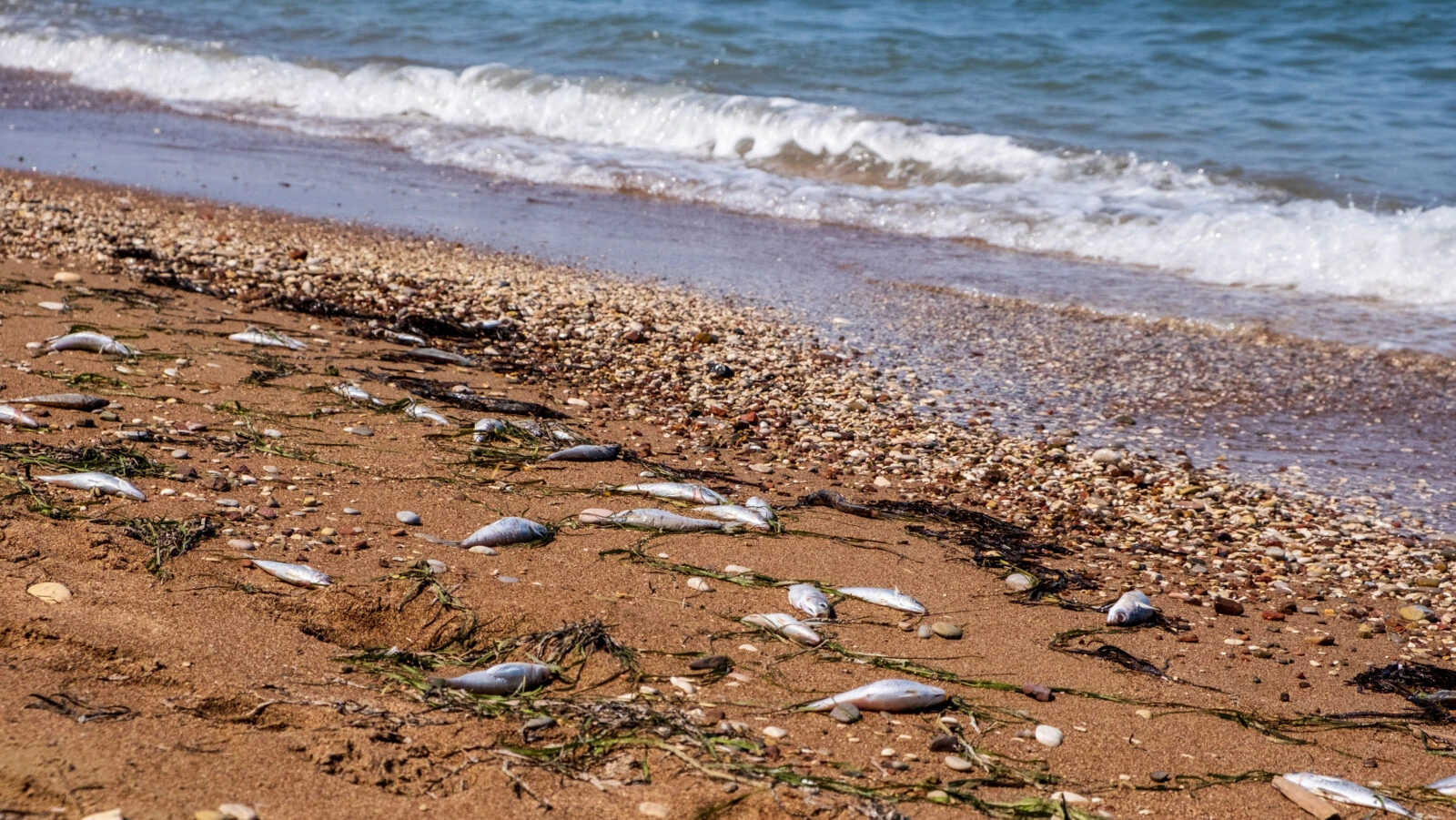
Potential sea level drops and ecosystem disruption
While no sea level changes have been observed near Santorini or Türkiye’s Aegean coast, Professor Ayas warns that sudden tectonic movements could cause significant sea level drops in the future. Such changes would devastate coastal ecosystems, destroy habitats, and disrupt marine food chains.
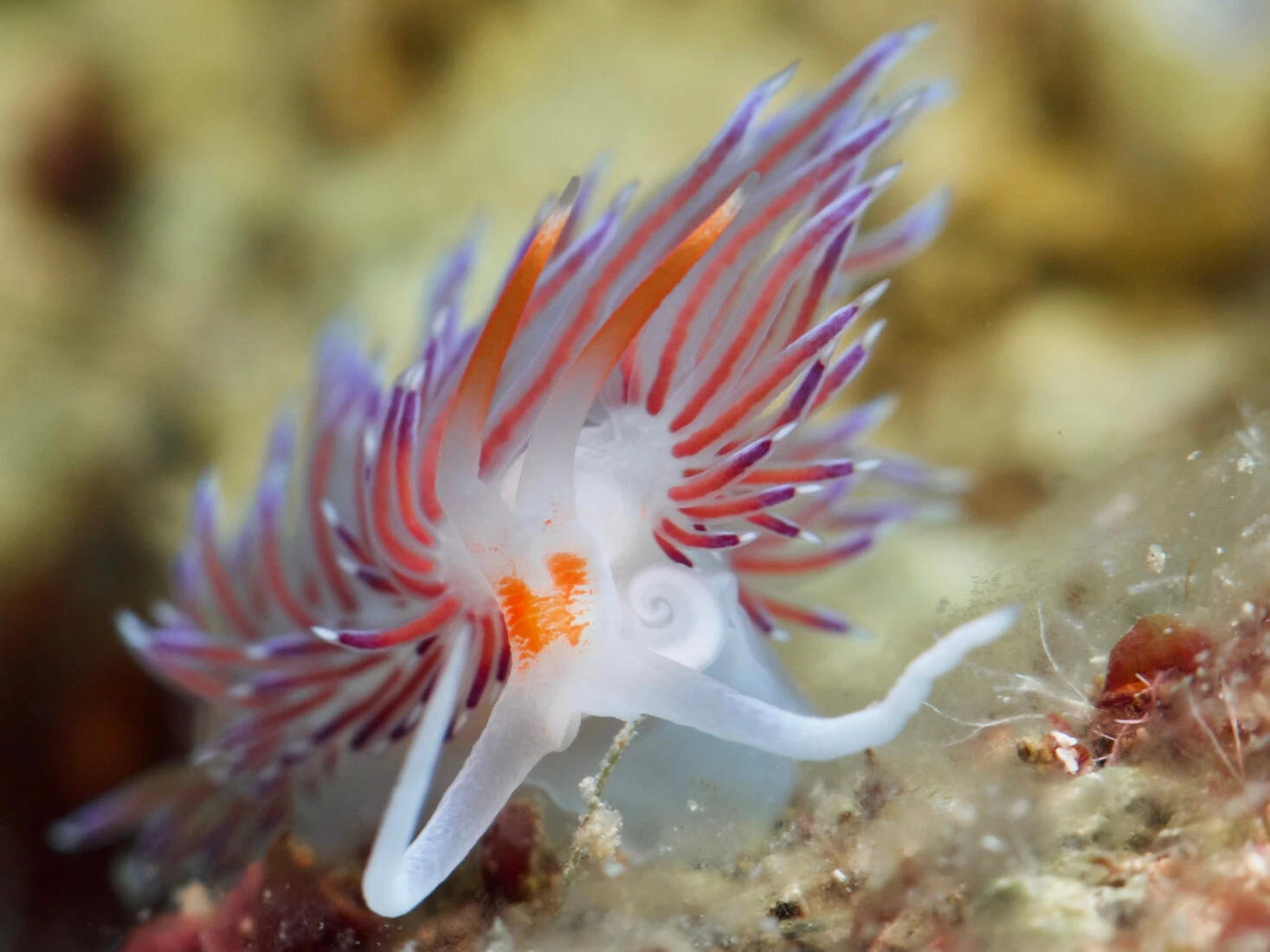
Protecting marine ecosystems amid natural disasters
Addressing the protection of marine ecosystems, Professor Ayas acknowledges the challenges posed by unpredictable geological events. While preventive measures are limited, ongoing research and monitoring can help mitigate long-term impacts and inform conservation efforts.
These insights underline the critical need for awareness and preparedness to protect marine ecosystems in regions vulnerable to seismic and volcanic activity.
